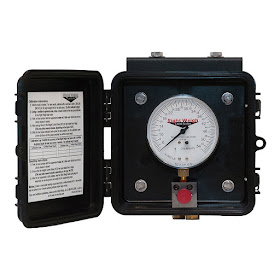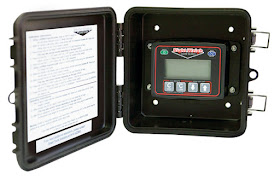Listed below are two options of checking the loaded weight on a truck or trailer fitted with airbag suspension.
OPTION NO 1
Right Weigh Exterior Mechanical Load Scales
The exterior mechanical scales are easy to install and calibrate, and can be mounted on either a truck or trailer. Specific models are available for single, tandem and triple axle configurations.
Link below is from official website and contains load and application specs.
Digital weight scale with Bluetooth connectivity.
Introduction to Right Weight Exterior Load Scale.
Basics of Right Weigh
How to calibrate & install
Instruction Manual Downloads.
Calibrate like this.
Instruction Manuals.
Please Note: Designed for use on spring suspension trailers.
Easily monitor the weight of any tandem-axle group of a spring suspension trailer with Right Weigh’s E-Z Load Scale.
201-EBT-20B
Easily monitor the weight of any tandem-axle group of a spring suspension trailer with Right Weigh’s E-Z Load Scale.
201-EBT-20B
FEATURES
- Operating range is -40°F to 140°F (-40C to +60C).
- Displays axle group weight using advanced pressure sensor technology
- Mounted in a black, polypropylene enclosure that is designed to withstand outdoor weather conditions
- Mounting bracket and hardware included
- Accurate with both empty and loaded weight calibration points
- Overweight protection feature to alert driver
- Displays weight in your choice of Lbs or Kg
- Option of setting a 5 digit PIN lock-out code
- Automatic power-down after 30 minutes of inactivity
- Large LCD display screen which can easily be read at night or in bright daylight
- Bluetooth Technology to allow for iPhone or Android monitoring
- 3 Year Warranty
OPTION NO 2
This would be to fit an airbag pressure gauge to the airbag line and use pressure readings to indicate the load.Typically the unladen pressure would be marked on the gauge.
Then the truck or trailer would be loaded up to capacity load.
There after the truck or trailer would be weighed on the weighbridge and the pressure marked on the gauge. This would always indicate full load.
Half load would be determined by dividing the point between "no load" and "full load".
This method is the same as the above, just does not have the fancy enclosure or gauge.





